Clipart tagged: ‘northern’
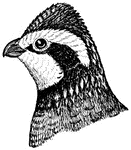
Northern Bobwhite
The Northern Bobwhite, Virginia Quail or (in its home range) Bobwhite Quail (Colinus virginianus) is…
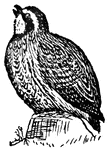
Northern Bobwhite
The Northern Bobwhite, Virginia Quail or (in its home range) Bobwhite Quail (Colinus virginianus) is…

Northern Bobwhite
The Northern Bobwhite, Virginia Quail or (in its home range) Bobwhite Quail (Colinus virginianus) is…

Northern Charr
"A European species, and inhabits the northern lakes of England and those of Scotland; it is from one…
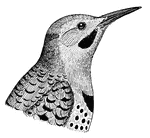
Northern Flicker
The Northern Flicker (Colaptes auratus) is a medium-sized member of the woodpecker family. It is native…
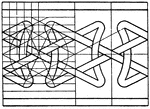
Northern Interlacement Band
The northern interlacement band is a pattern that is also known as Celtic, Anglo-Saxon, Norman, Scandinavian…
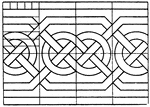
Northern Interlacement Band
The northern interlacement band is a pattern that is also known as Celtic, Anglo-Saxon, Norman, Scandinavian…
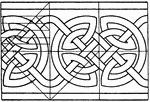
Northern Interlacement Band
The northern interlacement band is a pattern that is also known as Celtic, Anglo-Saxon, Norman, Scandinavian…
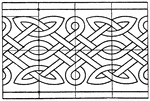
Northern Interlacement Band
The northern interlacement band is a pattern that is also known as Celtic, Anglo-Saxon, Norman, Scandinavian…

Puffins, guillemots, the great northern diver, etc
A group of birds standing on a shore, with icebergs eveident in the background.
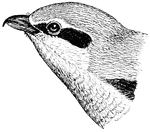
Great Grey Shrike
The Great Grey Shrike (Lanius excubitor) is a member of the shrike family. The Great Grey Shrike breeds…

Stevensons Revolving Light
"In 1835 Mr. Stevenson, in a report to the Northern Lighthouse Board, proposed to add fixed reflecting…

Yellow-Eyed Grass
Of the yellow-eyed grass family (Xyris), from left to right: bog (X. difformis), Richard's (X. elata),…